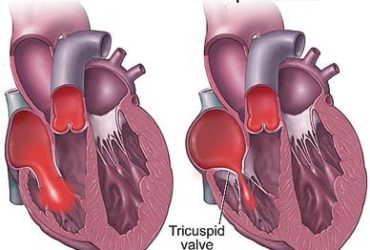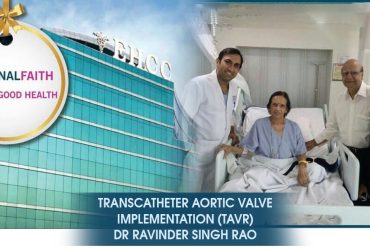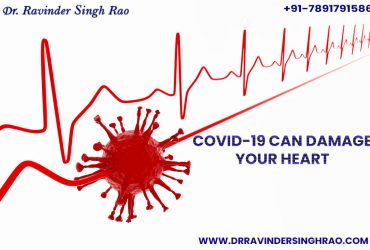Rotablation angioplasty is a medical procedure used to treat coronary artery disease (CAD). It involves using a tiny, diamond-tipped drill to grind away plaque buildup in the affected artery, which can restore blood flow to the heart muscle. The procedure is typically performed in a hospital’s cardiac catheterization laboratory and carries some risks, so it is important to discuss the procedure with a doctor before undergoing it. Dr. Ravinder Singh Rao – Specialist Heart Doctor of Rotablation Treatment in India.
What is a Rotablation Angioplasty| Specialist Heart Doctor of Rotablation Treatment in India
This is a procedure that attempts to endorse a narrowing in a coronary artery that might not respond to stenting. For that know, X-rays will be taken of the coronary arteries. A specially-designed rumble is used to crush and grind away the blockage.
Purpose of Rotablation Procedure | Rotablation Angioplasty Expert in India
The purpose of the Rotablation procedure is to treat coronary artery disease (CAD) by removing plaque buildup in the affected artery and restoring blood flow to the heart muscle. The procedure is specifically intended to treat severe, calcified plaque that cannot be treated with other types of angioplasty. By improving blood flow to the heart, the procedure can relieve symptoms such as chest pain and shortness of breath, and reduce the risk of heart attack and other cardiovascular complications. This equipment is operated by the Best Cardiologist Expert in India.
Preparation of Rotablation procedure
Here are some of the steps involved in preparing for a Rotablation procedure:
- Medical evaluation: The patient will undergo a thorough medical evaluation, which may include a physical exam, blood tests, and imaging studies to determine the extent of the coronary artery disease and whether Rotablation angioplasty is the appropriate treatment.
- Medication adjustments: The patient may need to adjust or stop taking certain medications prior to the procedure, especially blood-thinning medications such as aspirin or anticoagulants.
- Fasting: The patient may be instructed to fast for a certain period of time before the procedure, usually overnight.
- Anesthesia: The patient will receive local anesthesia to numb the area where the catheter will be inserted.
- Consent form: The patient will need to sign a consent form indicating that they understand the risks and benefits of the procedure.
- Other preparations: The patient may be asked to wear a hospital gown, remove any jewelry or piercings, and empty their bladder before the procedure.
- After treatment: The Patient is not allowed to drive after the treatment and is also not allowed to be alone in the procedure evening.
It is important to follow all instructions from the healthcare provider to ensure a safe and successful procedure.
Use of Rotablation Angioplasty Treatment
Nowadays, rotablation is used in several cases with many calcifications. In cases of the artery with stenosis so severe that it can only be crossed with a wire, not with a balloon. And in cases with calcifications so severe that they stop a balloon from being inflated, even at high pressures.
In conclusion, Rotablation is a procedure done only by experienced interventional cardiologists. Dr. Ravinder Singh Rao is one of the high experience operators of the rotational atherectomy system in Jaipur, Rajasthan. Also, he is a complicated angioplasty expert in Jaipur, India, and regularly performs this procedure during complex patients. To know more information about Specialist Heart Doctor of Rotablation Treatment in India, you can contact us on the emergency helpline number +91-7891791586.











